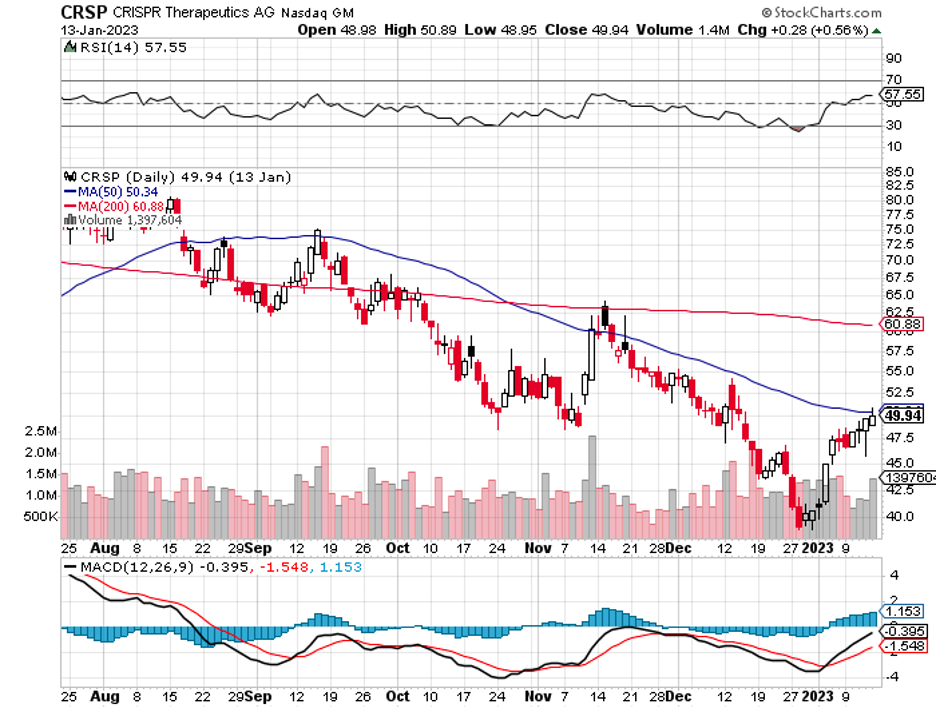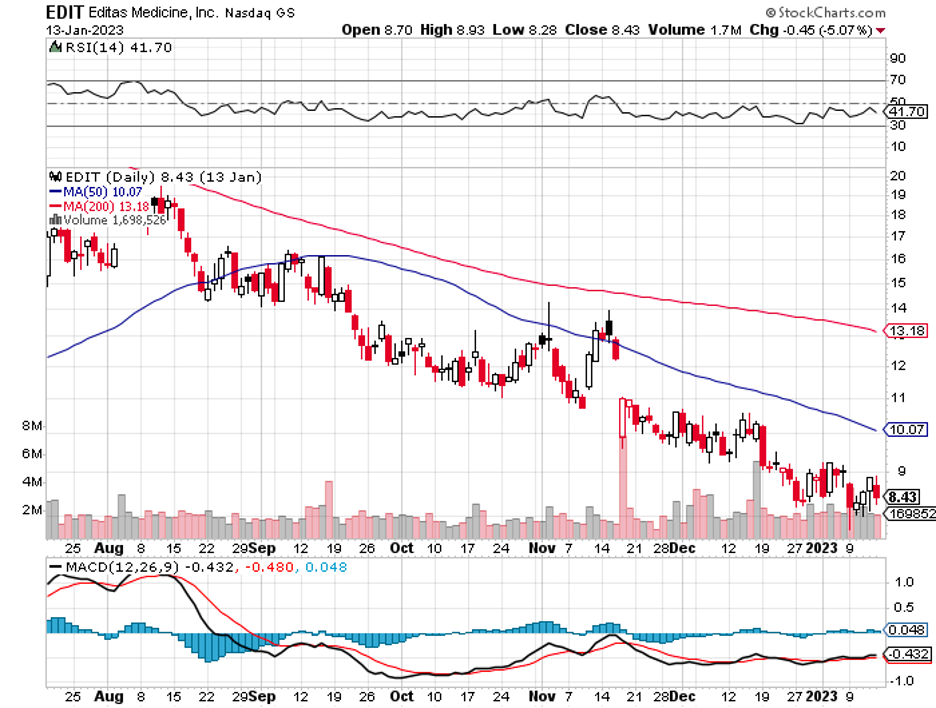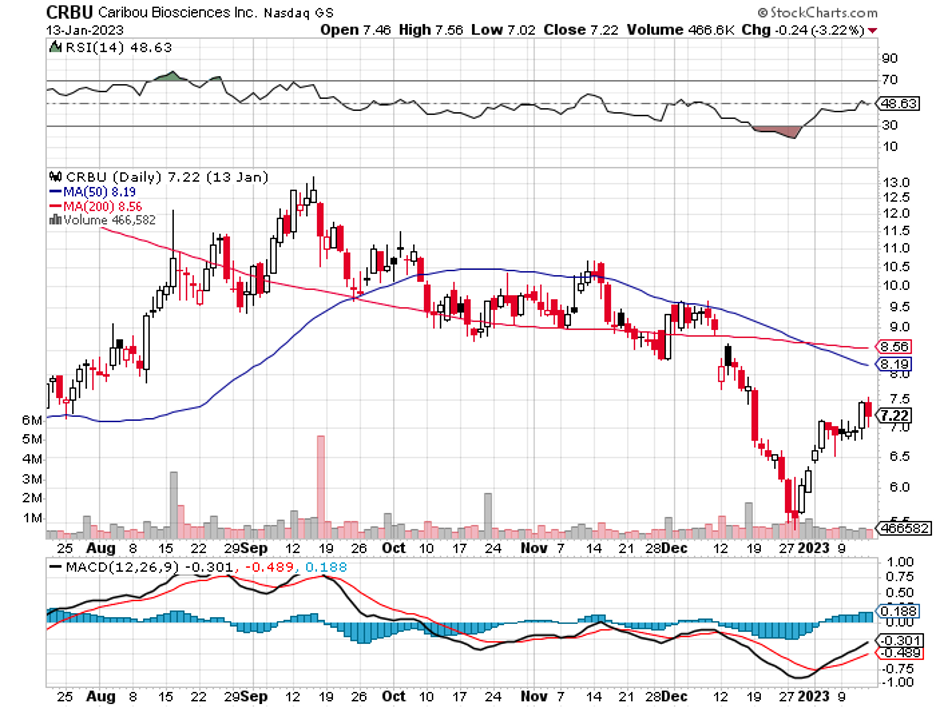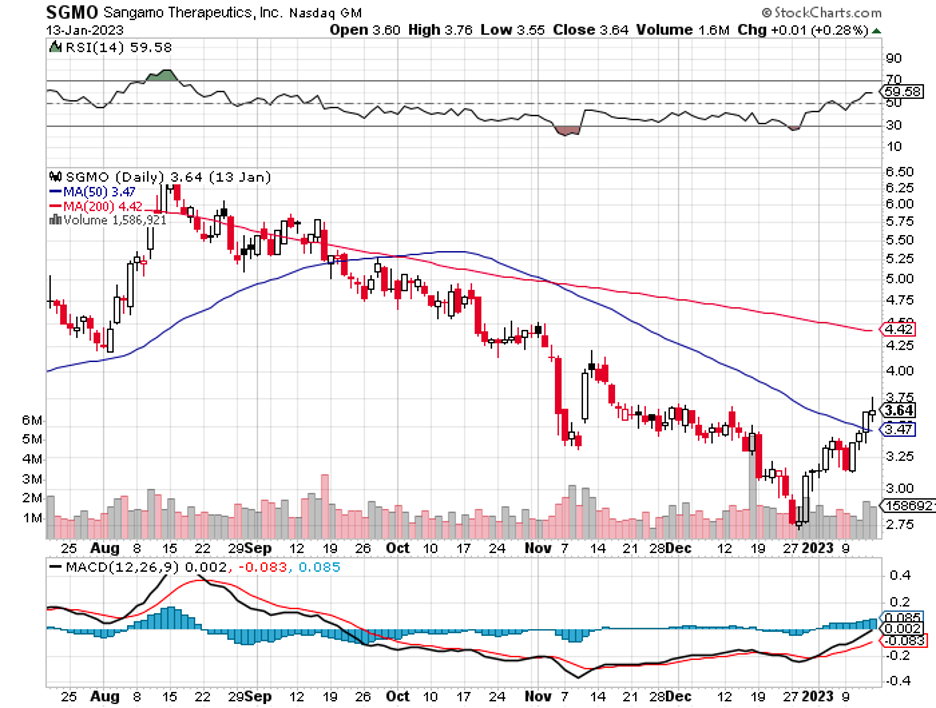An optimist looks at bubbles and visualizes champagne, while a pessimist’s mind goes to Alka-Seltzer. The same thing happens with investors.
Some believe that the steep losses suffered by stocks and bonds in 2022 are a much-needed “cleansing,” which would set the stage for renewed partnerships and collaborations along with high returns. Others simply view it as the first chapter in a protracted bear market.
Meanwhile, a handful believes that it’s a combination of both perspectives—especially for the biotechnology industry.
Roughly two years following the decline of biotechnology stocks, several executives from small and midsize organizations finally concede that their share prices might no longer be able to bounce back anytime soon. In fact, some have been fielding panicked calls from execs of fledgling biotech firms, offering to sell their companies at a discount.
The alteration in the medical device and biotechnology landscape only started a few months before the previous year ended.
This is because, before the change in perspective, when the SPDR S&P Biotech exchange-traded fund (XBI) had slid by about 40% from its 2021 peak, many leaders in the biotech sector still believed that their companies could regain momentum.
The primary concern for smaller biotech and medical devices companies, which allocate years to developing and testing products without any commercially approved treatment, is that the continuous decline in their valuations has made it practically impossible to generate new money to fund any of their projects.
Given this scenario, many small and midsize biotechs would go under soon, particularly those with no data strong enough to provide near-term growth catalysts.
This is where Big Pharma names are expected to come in. After all, these large-cap companies offer an alternative option with their non-dilutive sources of funding and ever-growing war chests.
Big companies, though, have been more cautious in cutting big checks for acquisitions. Despite the high expectations last year, we only saw a few massive deals, including Abiomed’s sale to Johnson & Johnson’s (JNJ) for $19 billion and Amgen’s (AMGN) $30 billion agreement with Horizon Therapeutics.
Instead, these Big Pharma companies appear to prefer partnerships and collaborations. In these deals, they give out smaller payments to biotechnology firms to work with them on specific early-stage programs.
This type of investment seems to be a safer bet for big companies because it allows them to make several deals without spending too much. They can even collaborate with competing biotechs to determine which could develop the most effective and cost-efficient solution.
Smaller biotechs benefit from this type of deal as well.
In the pre-pandemic era, the valuations of these companies quickly soared based on the potential of their pipeline candidates. Some share prices would skyrocket with just a hint of positive data. This is no longer the case these days, not only because investors have become more discerning but also more anxious over experimental programs.
So instead of getting acquired, smaller biotechs can choose to strike partnerships with large-cap companies. This is an excellent way to inject some funding into their programs and, hopefully, provide them with revenue streams, especially since Big Pharma companies know how to market new products.
It sounds challenging, but a genuinely promising program could fetch a large sum.
Perhaps the most significant indicator that not all hope is lost comes from Takeda (TAK) when it purchased an experimental treatment undergoing tests as a potential psoriasis medication.
This candidate, developed by a privately held biotechnology firm called Nimbus Therapeutics, was sold for a whopping $4 billion upfront, plus roughly $2 billion more for future milestone payments. And here’s the clincher: Takeda got the experimental drug by a razor-thin margin.
In terms of acquisitions, some larger companies have been open to that route. For instance, AstraZeneca (AZN) shelled out $1.3 billion for CiniCor Pharma, while Ipsen (IPSEY) purchased Albireo Pharma (ALBO) for $1 billion.
While the future for smaller biotechs remains uncertain, several names continue to be in conversations whenever acquisitions are discussed.
There’s Vertex Pharmaceuticals (VRTX), which has long been reported to take interest in acquiring CRISPR Therapeutics (CRSP) and Editas Medicine (EDIT), with the latter looking more attractive thanks to its cheaper price tag.
Meanwhile, Pfizer (PFE) has been shopping around for a biotech to bolster its gene-editing programs, and so far, Caribou Biosciences (CRBU) and Sangamo Therapeutics (SGMO) are under serious consideration.
With its continuing interest in central nervous system diseases, such as Alzheimer’s and Parkinson’s, Eli Lilly (LLY) has been aggressive in its search for a company to acquire. Among the strongest candidates is Axsome Therapeutics (AXSM).
With this daunting reality setting in, one thing has become absolutely sure: the biotechnology sector has become a buyer’s market for big companies with cash to spare for acquisitions and collaborations.







